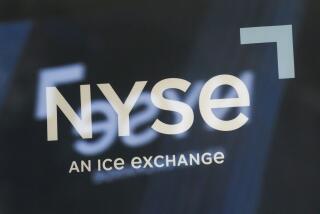Daily Money Rate List
Six days a week, The Times publishes the major annualized yield rates used to influence or guide loan and saving rates. Some change only occasionally, others vary every day based on market conditions.
1. Treasury issues: Annualized yield based on the New York market closes of the previous day for the note, bond or bill that most closely matches the period listed. The three-month and six-month bills are listed with a “discount” yield, which is similar but not directly comparable to the other yields. Those bills do not pay interest but are sold at a “discount” and then redeemed at full value.
2. Bank prime lending rate: Average of 10 large banks. Generally, this figure is the same at all banks.
3. Discount rate: The rate the Federal Reserve Board banks charge commercial banks.
4. Federal funds rate: The overnight loan rate between banks. This can vary from the Federal Reserve’s preferred target, currently 5.25%.
5. Three-month bank CD: An average of major bank certificates of deposits, from Telerate.
6. Money market fund average: An average of large money market funds.
7. Municipal bond index. Nationwide municipal bond average yield, from the Bond Buyer.
8. Corporate bond index. Average of major bond offerings, from Merrill Lynch.
9. LIBOR six-month: London Interbank loan yield, often used as a mortgage guide.
10. 11th Dist. cost of funds: Average yields paid by banks in the Western U.S., often a mortgage guide.
11. Fannie Mae 30-year mortgage: Standard wholesale yield to banks on current insured mortgages.
12. One-year T-bill, weekly averages: A rolling annualized average of weekly closes on the one-year T-bill, often a mortgage guide.
More to Read
Inside the business of entertainment
The Wide Shot brings you news, analysis and insights on everything from streaming wars to production — and what it all means for the future.
You may occasionally receive promotional content from the Los Angeles Times.










